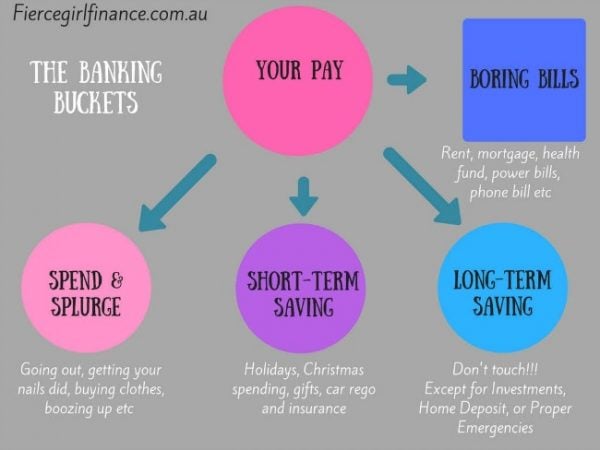Theresa: 29.
Works: Public Relations.
Income: $90,000.
Approach to money: Frivolous.
“I don’t deny myself. If I want something, I’ll get it,” she said. While Theresa earns very respectable money as a marketing manager, she has none left at the end of the month. Make-up, jewellery and big nights out are her major weaknesses.
To her credit, Theresa has an emergency stash.
“Enough for a flight home and a bit extra”. Tick the “F*&k Off Fund” box. But otherwise, she has a bit of a spending problem.
When I sat down with Theresa, I found it’s not as simple as seeing something she likes and buying it. It’s a web of social pressure, personality and habit.
The daughter of a farmer and teacher mother, Theresa inherited her dad’s approach to money: if he has it, he spends it. Her mum, however, is thrifty and keeps the family finances in check.
One of Theresa’s challenges is that she sees money as a way to show her love.
“I feel guilty for being away from my family, so I spend a lot on presents for them.” Paying for weekends away for her parents, for example. She has eased off a bit now, but still errs on the side of far-too-fancy gifts.
The same generous streak makes her fast and loose with cash on a night out.
“When I’m out, I’m like the Wolf of Wall Street. I’ll buy all my friends drinks, shots, whatever, no questions asked.” She never chases people for money they owe her either.






























































































